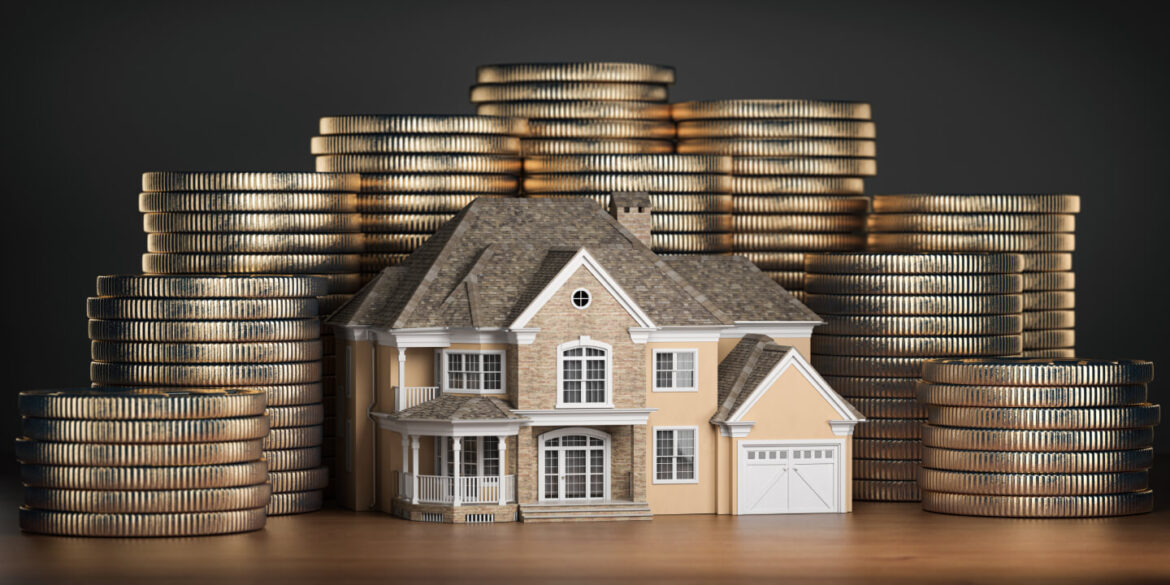Debt recycling is a financial strategy that allows you to turn your existing debt into an investment tool. It’s a popular option amongst Australians who want to reduce their debt burden and make their hard-earned money work for them. In short, debt recycling is the art of using your home equity to invest in other assets, such as shares or property. In this blog post, we’ll explore what is debt recycling, how it works in Australia, its benefits and downfalls, and some tips on how to best approach this strategy.
Debt recycling is essentially the process of borrowing against the equity in your home to invest in other assets. This can be done by taking out a new loan or refinancing your existing mortgage. By using this strategy, you can take advantage of the low-interest rates on your home loan to invest in assets with potentially higher returns. The idea behind debt recycling is to turn your “dead” money (money that’s tied up in your home’s equity) into an investment that generates returns for you.
In Australia, debt recycling is a popular strategy, especially amongst property investors. The country has a robust property market, and using home equity to invest in property is a tried and tested method of generating returns. Additionally, Australian interest rates are currently at historic lows, and this makes it an excellent time to consider debt recycling. However, it’s important to note that debt recycling is not a risk-free strategy, and it’s essential to approach it with caution.
One of the key benefits of debt recycling is that it can help you reduce your debt burden. By using the equity in your home to pay off high-interest debts, you can save thousands of dollars in interest costs. You can release from your home with HSBC Equity Release. Additionally, by investing in other assets, you can potentially generate returns that offset the interest costs of your home loan. This can help you pay off your debt faster and more efficiently, while still building wealth.
However, debt recycling also has its downfalls. One of the biggest risks involved is that you’re using your home as collateral for other investments. This means that if something goes wrong, you could end up losing your home. Additionally, using low-interest debt to invest in higher-risk assets can be a dangerous game if you’re not careful. It’s important to approach debt recycling with caution, do your research, and seek professional advice if necessary.
If you’re considering debt recycling, there are a few tips that can help you approach the strategy with confidence. Firstly, make sure you have a solid understanding of your current financial situation. This includes an understanding of your income, expenses, assets, and liabilities. Secondly, do your research on the assets you plan to invest in. Make sure you understand the risks involved and the potential returns. Thirdly, consider seeking professional advice. A financial advisor or mortgage broker can help you navigate the complexities of debt recycling and provide valuable insight and guidance.
Debt recycling can be an effective way to reduce your debt burden and turn your “dead” money into an investment tool. It’s a popular strategy in Australia, especially amongst property investors. However, like any financial strategy, it’s important to approach it with caution and do your research. Debt recycling has its benefits and downfalls, and it’s essential to seek professional advice if necessary. If you’re considering debt recycling, take the time to understand your financial situation, research your investments, and seek professional guidance. With the right approach, debt recycling can help you achieve your financial goals and make your money work for you.








